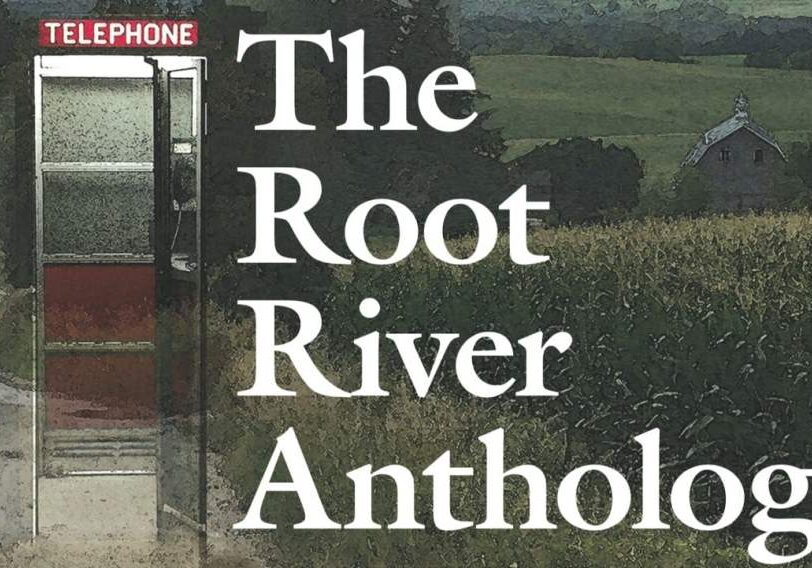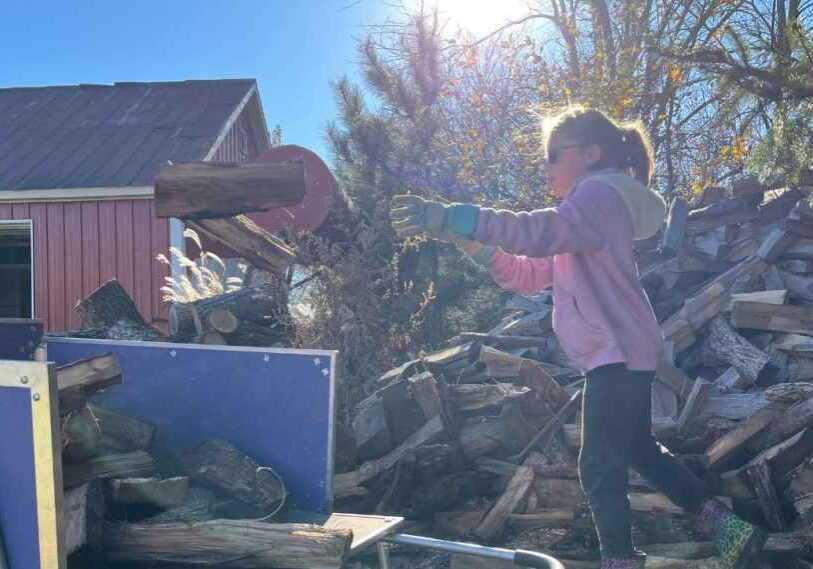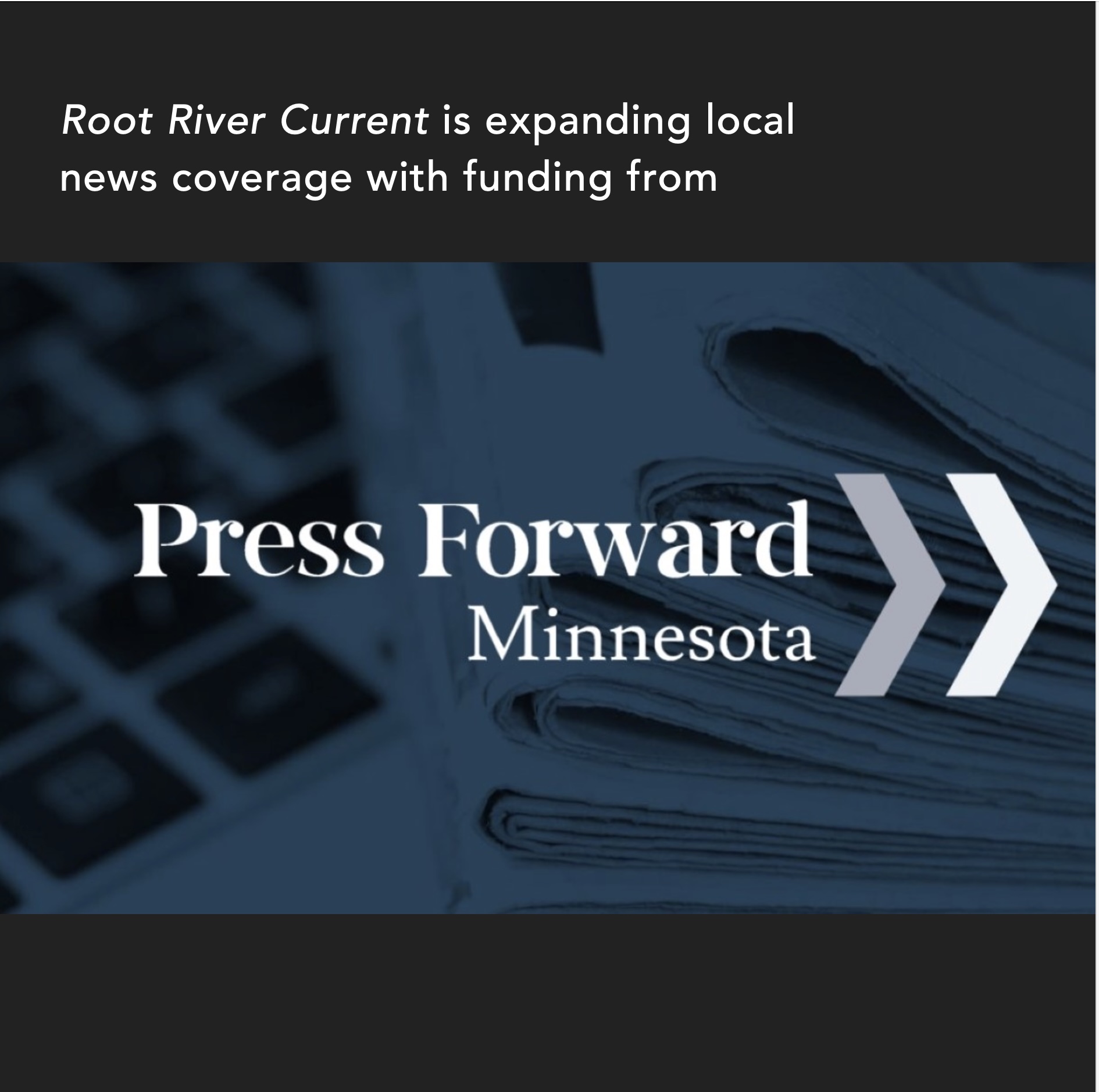Essay | Going Down the Research Rabbit Hole

FOUNTAIN — Not long ago, I was flipping through one of our streaming services when a program suggestion popped up that piqued my interest.
“Tune into acclaimed storyteller and local historian Bil Lepp as he travels off the beaten path across the country to discover the truth behind mysteries and legends of American history. Bil will work to determine if the story in question was fact, fiction or somewhere in-between.”
I was instantly intrigued because it seemed like the Fillmore County Historical Society staff were raising similar questions about how myths are sometimes taken as facts in documenting our history.
In the weeks beforehand, we had received several inquiries asking about the location of the Dubuque-St. Paul Territorial Road through Fillmore County. We went into the archives looking at maps, newspaper clippings, legal documents, town histories, and the like. We were surprised at what we found and, yet, not surprised at all.
As researchers, we evaluate both the source and type of information available. Sources are either original or derivative. Original sources are just as they sound: birth certificates, etchings on a headstone, immigration certificates, to name a few. A derivative source is a hand copy, transcription, or translation of an original document. And much like a game of telephone, derivative resources are prone to repeatable errors.
When we compare the information within a source it is either primary or secondary. Primary information is given at the time of an event by someone with direct and immediate knowledge of it. Secondary information is given some time after the original event from someone with second hand knowledge, a so-called form of “hearsay.”
In the case of the Dubuque – St. Paul Territorial Road, we discovered derivative and secondary resources that repeatedly indicated the path traveling 8 miles east of what the original, primary resources recorded. Why the discrepancy?
One guess is that it resulted from a community situated on that eastern path wanting to reflect its identity as a hub of territorial activity and prosperity, and it would “make sense” that the earliest and most well-known territorial road would go through it.
And who would blame them? It’s natural for us to hold on to and repeat the stories of the “firsts”, the “bests” and the “mosts.” Who doesn’t want what they value to matter, to feel that the people and places they love have an impact beyond their own place and time.
It is our responsibility, however, as researchers to continually challenge what we believe to be true and to evaluate the resources available that lead us to those conclusions. Verifiable proof enables us, with clear eyes, to see the world as it is or in this case, as it was.
In the meantime, you’ll find me headed back down the research rabbit-hole chasing the path of the Dubuque-St. Paul Trail*. And spoiler-alert: Fillmore Village, I think I’ve got some good news for you, but shhhh—don’t tell Chatfield.






